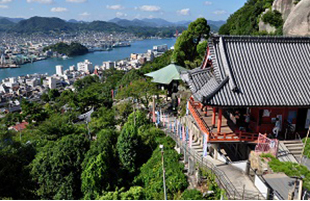
Founded in 806, the temple grounds offer spectacular views of Onomichi. The vermillion-lacquered Akadō main temple building and the tower bell (selected as one of the 100 Soundscapes of Japan) are symbols of Onomichi.
| Address | 15-1 Higashi-tsuchidocho, Onomichi City |
|---|---|
| TEL | 0848-23-2310 |
| Travel times | 35 minutes |
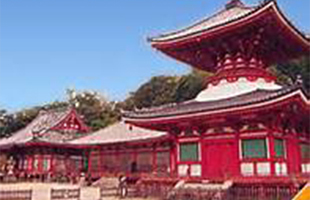
Said to have been established by Prince Shotoku in 616. Also famous as the temple where Ashikaga Takauji prayed for victory in his Kyushu Campaign and Battle of Minatogawa.
| Address | 20-28 Higashi-kubocho, Onomichi City, Hiroshima 722-0043 |
|---|---|
| TEL | 0848-37-2361 |
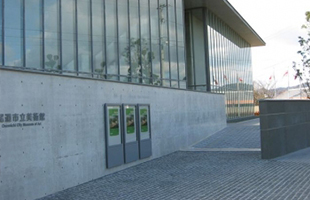
Opened in 1980, this museum in the Senkouji Temple grounds was reopened on January 10, 2003 after remodeling designed by Tadao Ando.
| Address | 17-19 Nishi-tsuchidocho, Onomichi City |
|---|---|
| TEL | 0848-23-2281 |
| Travel times | 35 minutes |
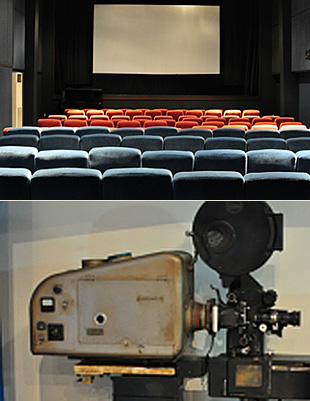
Onomichi is well known for its connection to the movie industry, being where many famous film works such as Yasujiro Ozu’s “Tokyo Story” and Nobuhiko Obayashi’s “I Are You, You Am Me” (also known as “Exchange Students”) were created. The city welcomes the return of movie theaters in the shape of Cinema Onomichi.
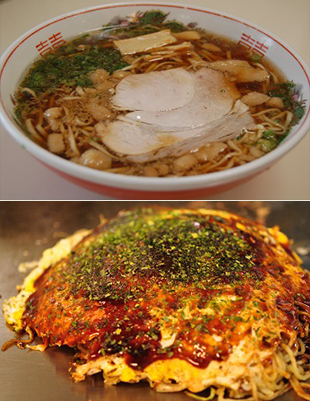
The local ramen of the Bingo region of Hiroshima Prefecture, which is centered on Onomichi. There is a wide diversity of okonomiyaki variations around Japan, and each region is proud of the flavor of its variant.
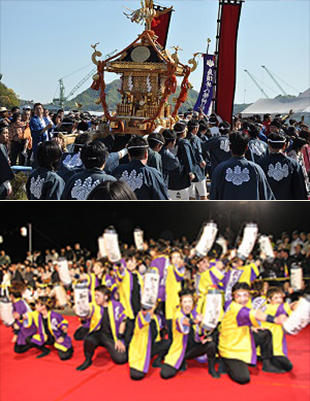
The festival originally focused on the dancing parade, including playing traditional melodies in Onomichi sansagari style (on a shamisen with the pitch of the third string lowered) and a costume parade, which has later developed into a festival featuring a range of events such as ballad shows and sea-related ceremonies.
See the official website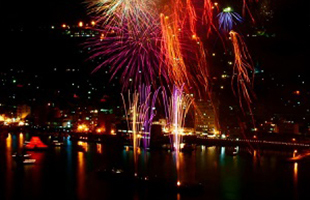
Held since the mid-Edo Period (1603-1867), this festival celebrates the achievement of building Sumiyoshihama (the forerunner of the Port of Onomichi), which contributed to Onomichi’s development, and expresses the Sumiyoshihama seafood merchants’ wishes for prosperity and safety on the water.
| Address | Onomichi Channel, Onomichi City, Hiroshima 2-10-3 Tsuchido, Onomichi City, Hiroshima |
|---|---|
| TEL | Onomichi Sumiyoshi-kai (within the Onomichi Chamber of Commerce and Industry) 0848-37-2361 |
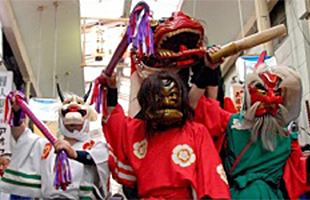
Featuring unusual rituals, this festival is held from November 1 to 3 every year, and is designated as an Onomichi City Folk-Cultural Property.
See the official website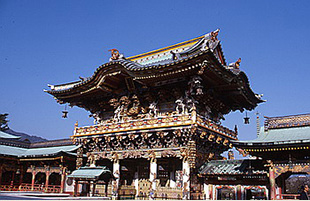
The temple buildings were built in the style of many buildings which are National Treasures, and 15 of them are National Registered Tangible Cultural Properties.
| Address | 553-2 Setoda, Setodacho, Onomichi City |
|---|---|
| TEL | 0845-27-0800 |
| Travel times | 35 minutes |
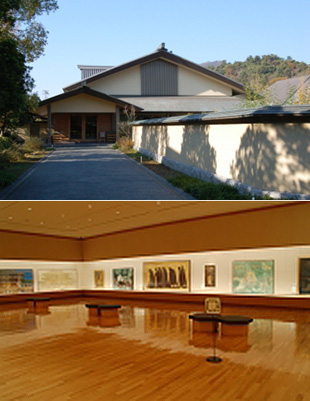
This museum exhibits the images of Ikuo Hirayama, a Japanese‐style Nihonga painter from Setodacho, from his childhood works to Silk Road masterpieces.
| Address | 200-2 Setodacho Sawa, Onomichi City |
|---|---|
| TEL | 0845-27-3800 |
| Travel times | 35 minutes |
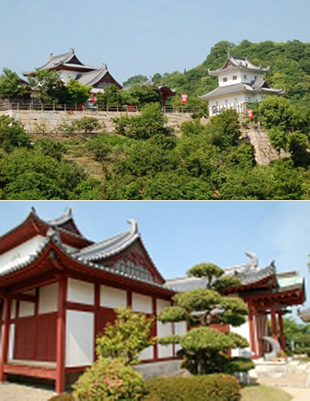
Built on December 1, 1983, this is the only local museum in Japan in the style of a Suigun (pirate) castle. It displays a rich array of historical artifacts and materials relating to the Murakami Suigun pirates.
| Address | 3228-2 Innoshima Nakanoshocho, Onomichi City |
|---|---|
| TEL | 0845-24-0936 |
| Travel times | 45 minutes |

Scenic spot providing definitive views of the Innoshima Island area. The stone Buddhist images here (while the name “Gohyakurakan” means “500 achievers of Nirvana,” there are in fact around 700 statues) were created in 1830 over a period of over 3 years by Kashihara Denroku (the founder of the Ikkankyo religion) and his followers.
| Address | Innoshima Shigeicho, Onomichi City |
|---|---|
| TEL | 0845-26-6212 |
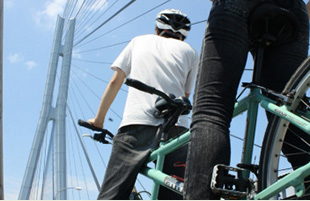
This “cross-Seto Inland Sea cycleway” is the first cycle route in Japan to traverse a strait. The scenery, featuring islands dotted throughout the beautiful Seto Inland Sea, is simply stunning.
| Address | 〒722-0046 1-3-3 Nagae, Onomichi City |
|---|---|
| TEL/FAX | 0848-37-9736 0848-37-7525 |
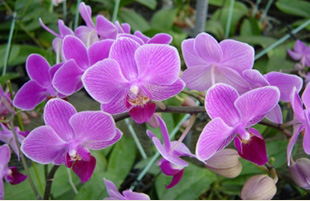
Spread across the foothills of the Mt. Takami National Park, this center both sells and teaches visitors about how to grow orchids. The grounds also include a small grass field where small children can stretch out by enjoying their favorite sport.
| Address | 〒722-0073 3090-1 Mukaishima, Onomichi City, Hiroshima |
|---|---|
| TEL&FAX | 0848-44-8808 |
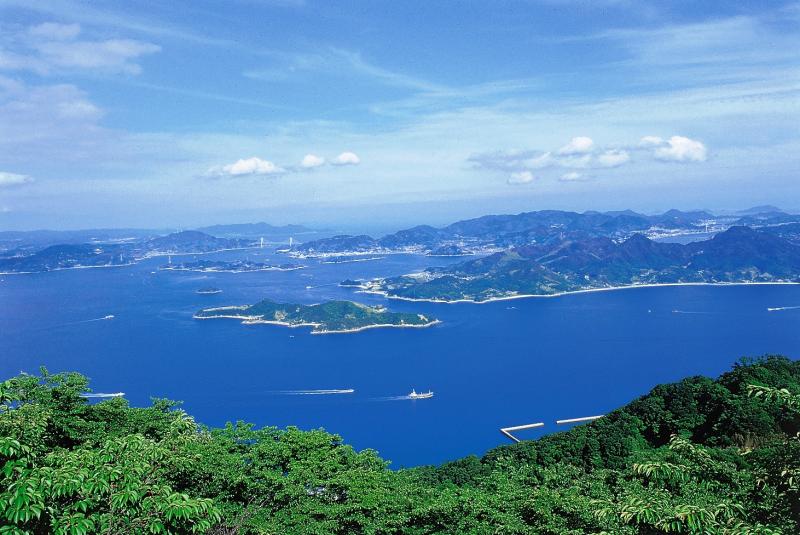
The lookout provides sweeping views, including 7 of the 10 bridges of the Shimanami Kaido highway, right across to the Shikoku Mountain Ranges on fine days.
| Address | Sunamicho, Mihara City |
|---|---|
| TEL | 0848-63-1481 |
| Travel times | 20 minutes |
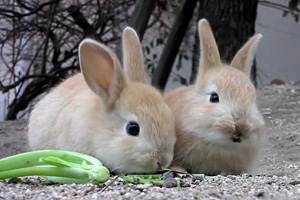
Ohkunoshima is an island in the Seto Inland Sea, the entirety of which is a holiday village. More than 700 wild rabbits roam the island. Visitors can enjoy a dip in the hot springs while watching the sunset, as well as delicious seafood.
| Address | Ohkunoshima Kyukamura, Ohkunoshima, Tadanoumicho, Takehara City |
|---|---|
| TEL | 0846-26-0321 |
| Travel times |
Weekends and public holidays: 30 minutes by high-speed ferry from the Port of Mihara Weekdays: 40 minutes by car from Mihara to Tadanoumi 15 minutes by ferry from the Port of Tadanoumi |
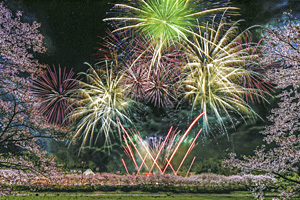
The lake above the multi-purpose Mukunashi Dam is affectionately known as “Lake Hakuryu.” The lakeside includes a Michi-no-Eki roadside station, a resort center, and more.
| Address | Daiwacho Waki, Mihara City, Hiroshima Lake Hakuryu Sports Village Park |
|---|---|
| TEL | 0847-34-0965 |
| Travel times | 50 minutes |
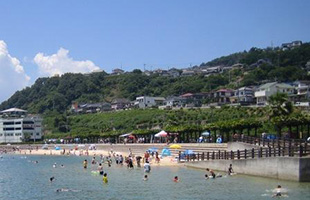
The Sunami Seaside Park is a recreation area that focuses on interaction with the sea. You can enjoy swimming, playing in the sand, spacious grass fields, leisurely strolls and more, all while taking in the sea breeze.
| Address | 1 Sunami-nishi, Mihara City |
|---|---|
| TEL | 0848-67-0277 |
| Travel times | 15 minutes |
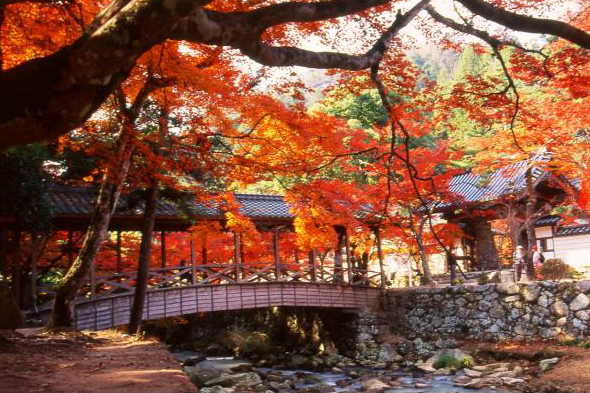
Founded in 1397 when Kobayakawa Haruhira, lord of Numata Takayama Castle, welcomed Zen master and high priest Guchu Shukyu, the Buttsuji Temple is the Head Temple of the Buttsuji Branch of the Rinzai School of Zen Buddhism, and is known as one of the leading Zen meditation training halls.
| Address | 22 Takasakacho Motoyama, Mihara City, Hiroshima |
|---|---|
| TEL | 0848-66-3502 |
| Travel times | 30 minutes |
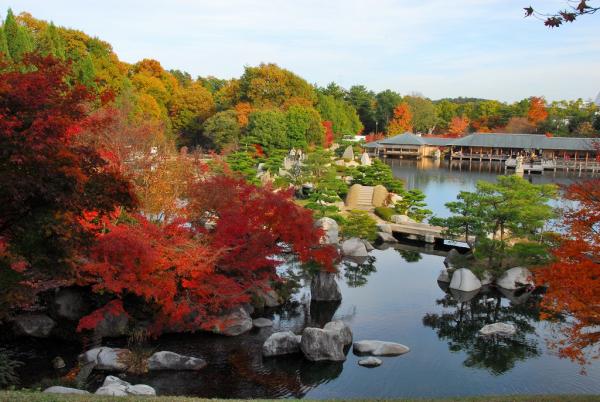
Built to commemorate the opening of Hiroshima Airport, this expansive approximately six-hectare garden features a path around a pond and also includes an artificial hill. Built around the natural environment, the garden is made up of mountain, village, and sea zones.
| Address | 64-24 Hongocho Zennyuji, Mihara City, Hiroshima |
|---|---|
| TEL | 0848-66-3502 |
| Travel times | 30 minutes |
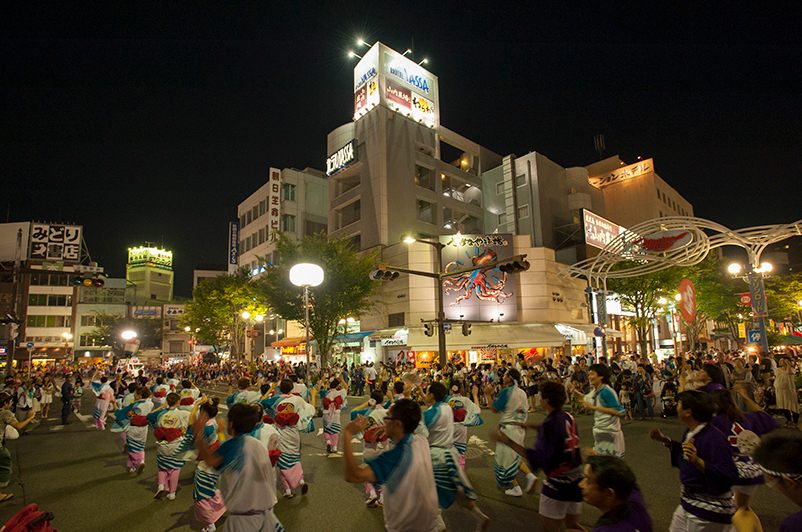
It is said that this festival began when people started singing and dancing to the playing of shamisen, taiko drums, and fue whistles, and the imbibing of sake to celebrate the completion of the castle. The local custom holds that celebrations begin and end with chants of “Yassa.”
| Address | (Mihara Yassa Festival Organizing Committee Office) 4-8-1 Minami, Mihara City, Hiroshima (within the Mihara Chamber of Commerce and Industry) |
|---|---|
| TEL | 0848-62-6155 |
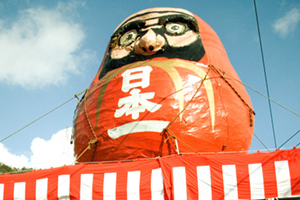
In ancient times, on January 14 of the the old lunar calendar people would burn their New Year's gate decorations, decorate the household Shinto altar, receive a deity from the Ise Grand Shrine to the staff with plaited paper streamers, and decorate storefronts with dolls of old men and red daruma dolls.
| Address | (Mihara City Hall) 3-5-1 Minatomachi, Mihara City, Hiroshima |
|---|---|
| TEL | 0848-64-2111 |
| Travel times | On foot 5 minutes |